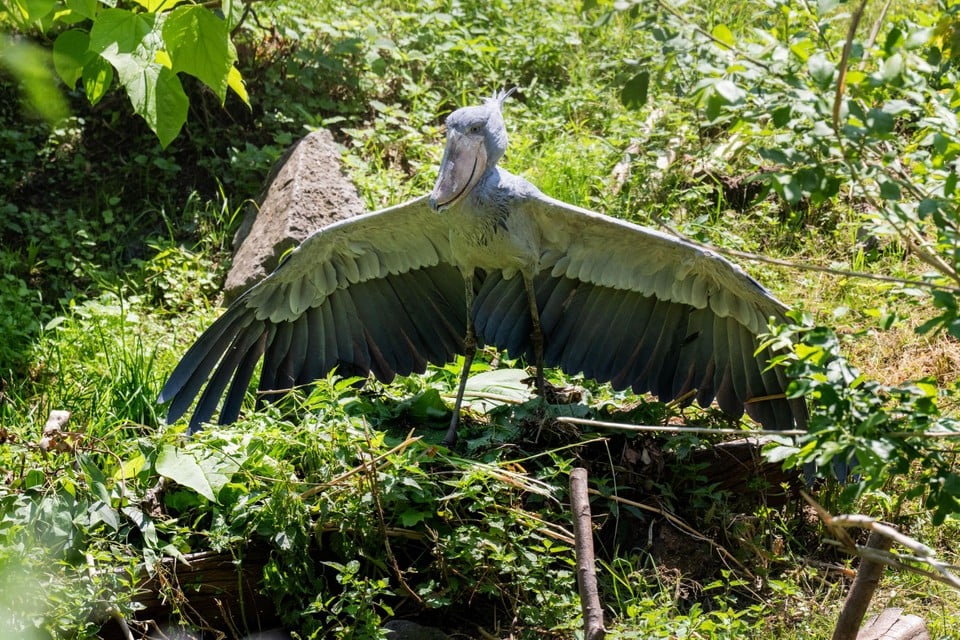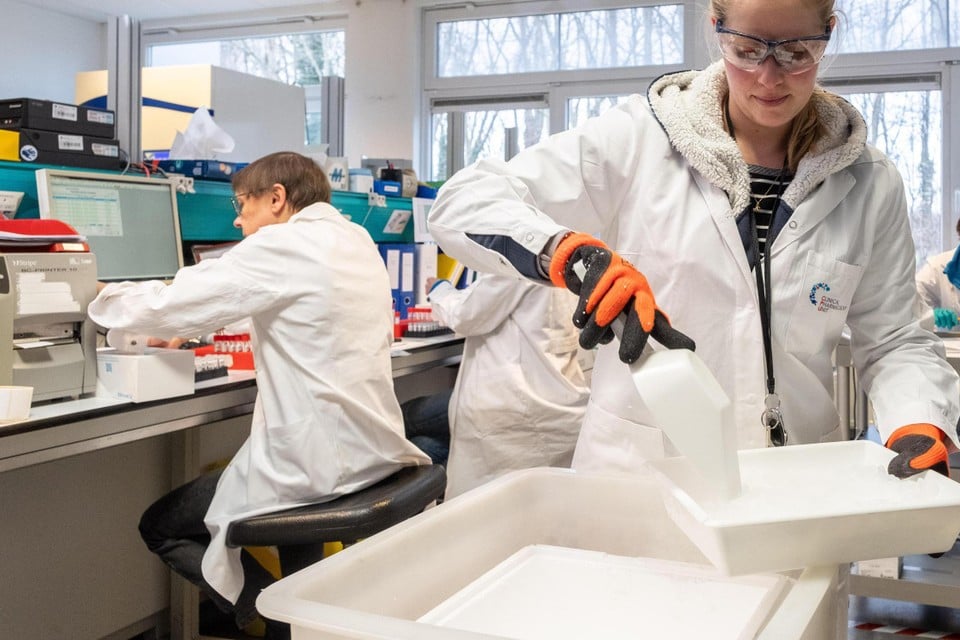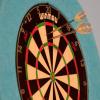Caregiver Dorianne about the exceptional bond with Marqoub shoe bastard: « When I see him, I forget all my problems »

« I will never forget the moment when he first ate out of my hand. He was quietly waiting there. I looked at him, he looked at me. I gave him the fish, he grabbed it. And then we kept looking into each other’s eyes. » Animal caretaker Dorianne (33) looks back on her most beautiful memory with 16 -year -old shoe bastooie Marqoub. The two got to know each other in Pairi Daiza animal park, where Marqoub came out of his egg in 2008 as a small, gray chick. Dorianne started as a student in the park, and has been in service since 2020.
In order to reach that intimate moment, Dorianne first had to master the behavior of Marqoub. « I now know that when I bend down for him, he will respond with a bow. And if he clatters his mouth, I will clap the answer in my hands, » she says. Although she admits that she does not really know what Marqoub wants to tell her – according to her even more research is needed into the animals – her months of patience are fruit: « Because then suddenly that day, after a year and a half, when I was allowed to come to his personal space for the first time. »
Marqoub allows Dorianne to get close. – © Fred Debrock
Previously that was not possible, because during the training process, Dorianne and Marqoub were separated from each other via a fence. « Shoisty are really dangerous animals, they even eat small crocodiles, » says Dorianne. And frogs and snakes are also regularly on the menu. When they get their prey through their mouths, they first beheaded it before they swallow the body. Despite that horrible detail, there are currently no cases of wild storks who attack people.
« In the meantime he knows that I would never hurt him, and if necessary, I still wish him his personal space »
Dorianne
Marqoub caretaker
Dorianne was never really afraid of Marqoub: “If it were to go anyway, I knew that he could never get hold of that fence. He sometimes threatened me, that for sure. He then stretched himself far above me, then he opened his wings, stared at me intensely and opened his mouth. But I had to stretch it by also my arms too, but I already had it out of this. type imitation behavior would be our way of communicating. «
Marqoub and Dorianne see each other about five to six days a week: “When I see him, I forget all my personal problems for a moment, then I fully focus on him. If I feel stressed, sad or nervous, I think of how much lucky I am that I can take care of Marqoub. Shoekooievaars have been threatened with the watts for years.” ”
The bird species has a considerable wingwray, of more than 2 meters wide. – © Fred Debrock
According to the latest estimates, there would only be 3,300 to 5,300 peers of Marqoub in the wild. Hunting, drought, habitat loss and illegal trade, all of which are a high risk of survival of the species, which can be found especially in Africa. The animals usually live there a lonely, withdrawn existence in saltwater nuts. The birds also build their nests in this, as far as possible from other shoemen.
Although Dorianne cherishes her relationship with Marqoub, she would rather not stick the ‘Friendship’ label on it: « Our band was mainly due to mutual respect and teamwork. In the meantime he knows that I would never hurt him, and if necessary, I still grant him his personal space. » If they are not together, you will usually find Dorianne with the giraffes. She also takes care of hippos, ostriches and pigs. « Whether I will ever see myself doing another job? God, no. Actually, I just love my work a lot, and my shoal barefoot, of course. »
De Schoenbekooievaar: A strange bird
Natural residence: Freshwater nuts in Africa, from South Sudan to Zambia.
Number: It is estimated that only about 3,300 to 5,300 worldwide.
Life expectancy: They can live up to 50 years old.
Character: Rather antisocial. They build their nest as far from others as possible.
Appearance: On average 110-140 cm in size. They have a mouth in the form of a lump, with which they can easily brag their prey. They look somewhat like storks, but they have more similarities with pelicans.
Favorite food: Snakes, frogs, young lizards or crocodiles can stand on the menu, but usually they go for fishing.
Hobbies: Stand still, rest and spot fish. If they still have to fly, they can almost rise vertically with a few blows from their wings.
Nickname: ‘Living statue’









